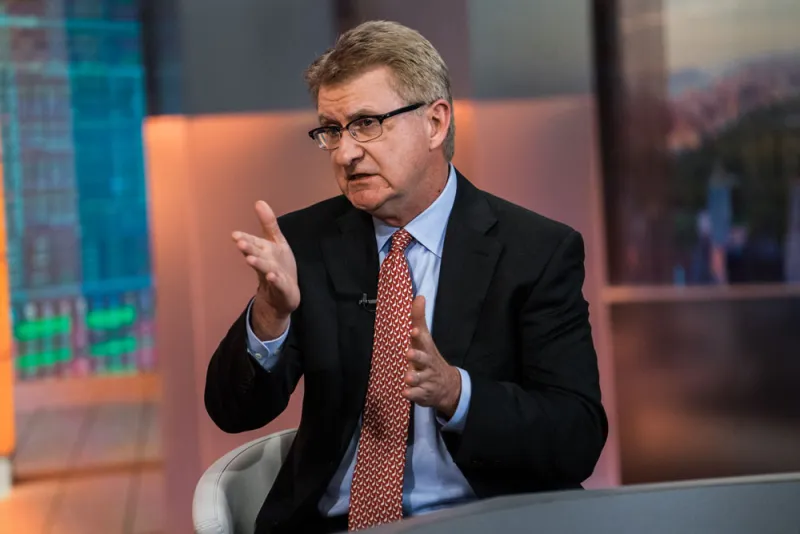Corporations tend to be unfriendly environments for the in-house investment teams that manage their pension funds or, for insurers, vast capital pools. These often-massive balance sheet items sway stock prices — which CFOs abhor — and managing them isn’t the core competency of an automaker or health insurer.
Recognizing this conflict, one Fortune 500 chief financial officer has made it his business to find a better model.
“I’ve been around for a while, and the bad tension comes when an insurance company parent tries to force the asset management unit into their box,” Aflac CFO Fred Crawford told Institutional Investor in an interview. “That’s why creating the firm-within-the firm culture is so important.”
To increase the value of the entire corporate entity, Crawford argued, “you need to release some of the boundaries around the asset manager. You have to do that to attract the talent and develop the skillsets inside the company. That cuts down completely on tensions internally. There’s a reason why asset managers trade at 17 or 18 times earnings and insurers trade at 10 times earnings.”
[II Deep Dive: One Firm’s Elusive Quest to Quantify Investing’s Culture]
In 2011, Aflac hired away Goldman Sachs Asset Management’s insurance head to run its own portfolios. Then, Crawford let his new global CIO Eric Kirsch do his thing.
Kirsch has built an investment team of about 80 people in New York and 30 or so in Tokyo. “It has its own identity, and is also held somewhat at arm’s length from the corporation,” Crawford said. “That firm has two very large clients: Aflac Japan, managing $110 billion, and Aflac U.S. at $13 billion.” The independence has allowed Kirsch to foster an asset management culture, which is good for the CIO and CFO alike.
The two executives talk frequently — much more often than is common for many investment and financial chiefs. But that doesn’t mean every conversation is easy. Under the firm-within-a-firm model, Crawford said, “you hold their feet to the fire performance-wise. It creates a nice level of tension inside the company that helps instill better performance.”
Aflac’s investment operation retains elements of the insurer’s corporate culture, if not all of it. On every office door, Crawford said, “there’s a little duck.”






